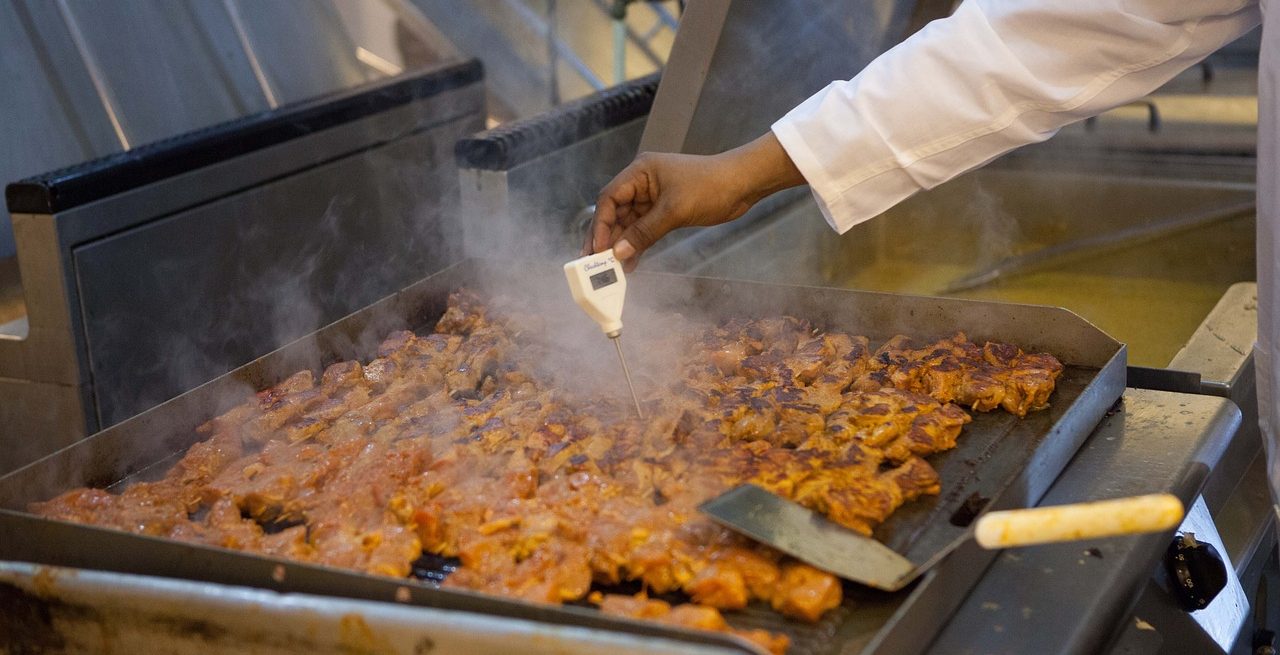Safety Training and a Strong Safety Culture: The Recipe for Mitigating Restaurant Risk
4 Min Read By Adam Lopez
Things began to change for the restaurant industry in 2023 as the script flipped from cutbacks to a growth mindset. Data from the National Restaurant Association’s 2023 State of the Restaurant Industry report revealed that nearly three in four operators were focused on sustaining growth. While the change in mindset is good news for the industry, expansion in this sector is hampered by staff turnover with a majority (62 percent) of restaurant owners reporting being understaffed.
As the focus for restaurants continues to center on growing and staffing up, safety training can sometimes get lost in the mix or ratcheted down to cover only topics related to compliance with regulations.
That won’t cut it in an industry that faces major risks associated with employee injuries and food safety. Safety training and creating a culture of safety are both critical for mitigating these risks, helping restaurants establish environments that protect staff and customers, which also goes a long way toward keeping insurance premiums low and protecting the bottom line.
The Importance of Safety Training
Restaurants are fast-paced environments with a lot of moving parts – all of which can increase the risk of incidents of foodborne illness and work-related injuries. The federal government estimates that there are approximately 48 million cases of foodborne illness annually, which sicken 1 in 6 Americans each year. When it comes to workplace injuries and illnesses, the restaurant industry has one of the highest rates of these occupational hazards. According to recent data from the Bureau of Labor Statistics (BLS), private industry workers in full-service restaurants incurred 93,800 nonfatal injuries and illnesses in 2019. About one-third of these cases required at least one day away from work.
Safety training is key to helping restaurants reduce risk exposure associated with foodborne illnesses and occupational injuries.
Safety training is key to helping restaurants reduce risk exposure associated with foodborne illnesses and occupational injuries.
Robust safety training programs can help restaurants avoid unsafe and improper food handling, storage, and preparation. Such training programs also can help employees avoid common restaurant injuries such as falls, soft tissue injuries, burns and scalds, and cuts and lacerations.
Taking the time to train restaurant staff is important not only for decreasing workplace injuries and illnesses but also for improving the work environment, boosting employee morale, lowering insurance premiums and workers compensation claims, and reducing operating expenses.
Tips for Effective Safety Training
Safety training should never be a one-and-done exercise in any industry, and that is especially true for the risk-filled restaurant space. Regular training programs that educate staff in a variety of engaging ways can help ensure employees adopt a safety-first mindset.
The following are tips for developing and delivering restaurant safety programs that effectively mitigate risk:
-
Explain the Why
Explaining the why behind safety rules and regulations helps employees better understand the importance of following guidance. When employees understand the reasons they exist and how the policies and protocols keep them and their customers safe, the more likely they will be invested in putting them into practice.
-
Encourage Managers to Lead by Example
Safety starts at the top. Managers should set a good example when it comes to following safety policies and procedures so that employees will be more likely to mirror beneficial behaviors. They also should take a hands-on approach to employee safety training by implementing and tracking safety metrics and providing employees with clear, targeted goals. Managers should routinely review safety data with their teams and provide additional training and resources to educate staff in areas that need improvement.
-
Employ Different Training Methods
To keep employees actively engaged in the training process, it is essential to utilize a variety of strategies. For example, online training typically is available on-demand and allows employees to learn at their own pace. Video is a great way to engage more visual learners and enhance the learning experience. Gamification is an interactive training approach that can incorporate friendly competition while improving engagement and knowledge retention. Role playing is another effective training method that allows employees to learn and practice required safety procedures in a variety of scenarios.
-
Assign Mentors
Assigning more experienced staff to mentor newer employees can help these new hires learn safety on the job with guidance on how to safely use restaurant equipment and avoid common safety hazards like falls, cuts, and burns. These mentors also can serve as a sounding board, opening the lines of communication to make it easier for newer employees to ask questions or voice safety concerns.
Creating a Safety Culture in the Workplace
Safety training is a foundational component of creating a strong safety culture in restaurants. To advance restaurant safety culture, this training should result in employees feeling empowered to report concerns and suggest ideas for making the workplace less dangerous.
Also pivotal to creating a culture of safety is finding team members who are the right fit for the culture a restaurant wants to create. The focus should be on hiring candidates who are serious about proper workplace practices and procedures and want to contribute to achieving restaurant safety goals.
The recipe for mitigating risk, keeping insurance premiums and claims low, and protecting the bottom line starts with the key ingredients of robust safety training programs and a strong safety culture. Following this recipe, restaurants owners and managers will not only save on operational costs but also reap the benefits of improved employee morale, motivation, and productivity.


